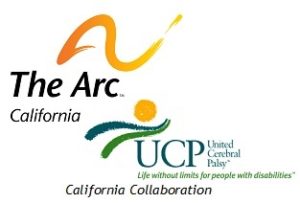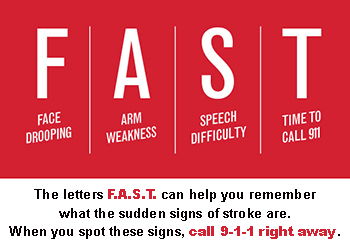A stroke, often referred to as a brain attack, happens when blood flow to the brain is disrupted. There are physical and chemical changes that occur in the brain due to a lack of oxygen and other nutrients when a person experiences a stroke. The Centers for Disease Control and Prevention report that stroke is one of the leading causes of long-term disability. Although a stroke can happen at any age the risk increases with age and the majority occurs in people over 65 years of age. The good news is research shows up to 80% of strokes are preventable. It starts with understanding your personal risk for stroke and knowing what is modifiable and what is not. Modifiable factors include things like managing chronic conditions (diabetes, high blood pressure, high cholesterol, heart disease, obesity, etc.) as best you can, smoking, diet and physical activity can all be managed to lower the associated risks of stroke.
This year the American Heart and American Stroke Association(s) released updated guidelines for the early management and treatment of acute ischemic stroke. The most important thing you can do if you think someone is having a stroke is call 9-1-1 because every second counts. Treatment options are far greater and have better outcomes when immediate medical attention is given. The AHA and the ASA want everyone to know the warning signs of a stroke F.A.S.T which is (F) face drooping, (A) arm weakness, (S) speech difficulty and (T) time to call 9-1-1.
For many people the warning signs may be obvious but for others who may have challenges with speech, mobility issues of other disabilities the warning signs could be difficult to detect. Unfortunately, there is not a lot of readily accessible information specific to recognizing stroke warning signs in people with some of these challenges but here are a few additional warning signs that may occur when someone is experiencing a stroke:
- sudden paralysis or weakness of the face, arms, hands or legs, usually on one side only
- numbness in the limbs, on the face or on any part of the body
- problems swallowing
- loss of normal vision in one or both eyes
- an extreme or unusual headache, which may start like a thunderclap
- loss of consciousness or extreme drowsiness
Being proactive is essential to prevention – if you are a caregiver, family member or friend of a person who has a disability that might make it difficult to detect the warning signs of a stroke work together to develop a plan. It is important to assess and manage modifiable risk factors and identify possible signs that may be specific to the individual. If you know your loved one is at risk encourage them to develop a Supported Health Care Decision-Making Agreement so you and/or another person can help support their efforts and work with their health care provider to develop a plan for stroke risk reduction. To learn more about Supported Decision-Making click here and here.
To learn more about strokes, warning signs and prevention click here.


Teresa Anderson, Policy Director, The Arc of California

